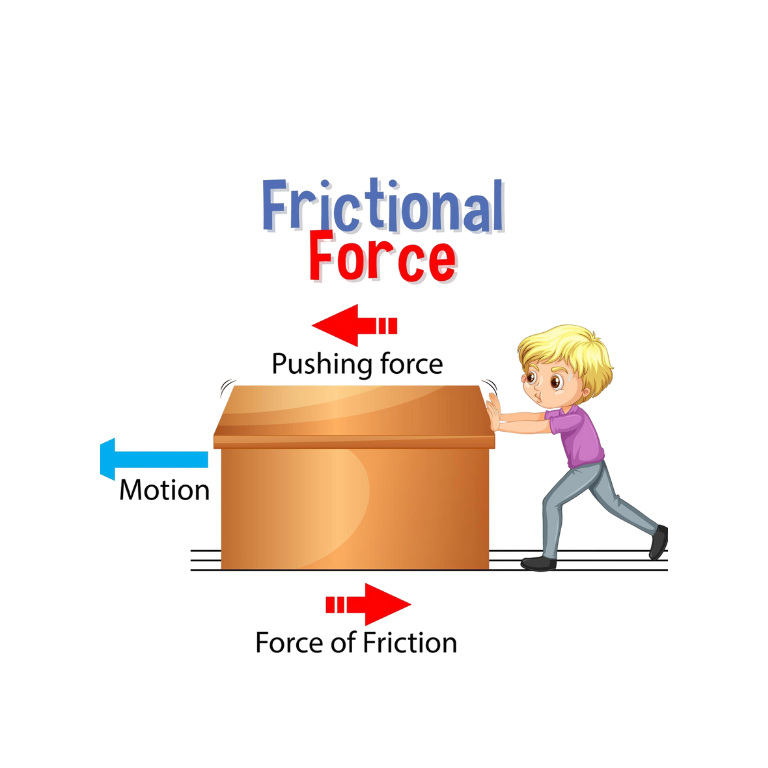Length Measurement Explorer
Measuring objects using rulers, tape measures, and vernier calipers
Explore different tools for measuring length and understand their precision levels. Measure the green object using a ruler (mm precision), measuring tape (cm precision), and vernier caliper (0.1mm precision). Compare the measurements and accuracy.
Select a tool to measure
Object Width
120 mm
Object Height
80 mm
Current Measurement:
No measurement taken yet. Select a tool to begin measuring the object.
Tool Precision:
Ruler: 1mm | Tape: 1cm | Vernier: 0.1mm
The Science Behind Length Measurement
Key Concepts:
Different measurement tools offer varying levels of precision:
- Rulers: Standard tool with mm markings, precision limited to ±0.5mm.
- Tape Measures: Flexible for curved surfaces, typically precise to ±1mm.
- Vernier Calipers: Use vernier scale to achieve precision of 0.1mm or better.
- Measurement Uncertainty: All measurements have inherent uncertainty based on tool precision.
- Parallax Error: Viewing angle can affect measurement accuracy.
Vernier Scale Principle:
The vernier scale provides extra precision by using a secondary scale that slides along the main scale.
How to read a vernier caliper:
- Read the main scale to the left of the zero on the vernier scale
- Find which vernier division aligns perfectly with a main scale division
- Multiply the vernier division number by the caliper's precision (typically 0.1mm)
- Add this to the main scale reading



